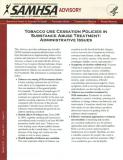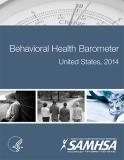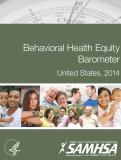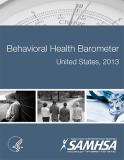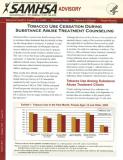
This advisory offers addiction counselors an introduction to tobacco use cessation during substance use treatment. It discusses screening and effective treatment approaches to quitting, and practical and supportive counseling.
Units per Product
Download
Tobacco Use Cessation During Substance Abuse Treatment Counseling
File Type: PDF
File Size: 757 KB



